Turbos and superchargers are the best bang for your buck power adders. They have enabled manufacturers to downsize whilst keeping power outputs up. For the next three tech articles we’re going to dive into the world of forced induction. What the parts do and how they work. First looking at all the supporting parts of superchargers and turbochargers. In this post we’re going to look at the supporting parts that are usually found on a forced induction car, what they do and what sort of performance gains they offer, if at all.
Intercoolers
Any time you compress air, it cause the air to heat up. Intercoolers help cool this compressed air before it enters the intake. Keeping the charged air cool, reduces the chance of detonation (which can lead to engine damage). There are two types of intercoolers: air to air and water to air.
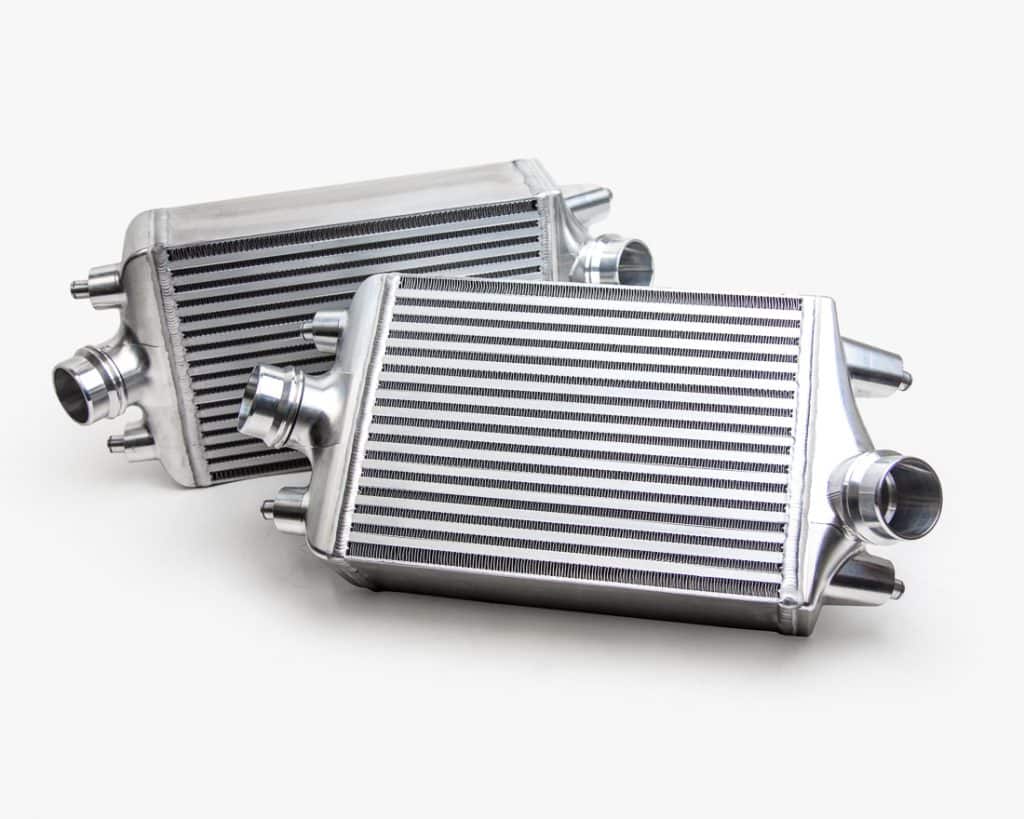
Air to Air Intercoolers
These are the intercoolers we’re most familiar with. OEM units usually have plastic end tanks and are only as large as they need to be. Air travels over the fins of the intercooler, drawing the heat from the compressed air travelling inside it. Aftermarket units will be all aluminium units usually usually poking out from behind an aggressive bumper of a sports car. They will be larger than the stock units and allow better flow.
Air to air intercoolers are most effective where they have direct access to fresh air, hence being placed in front of the radiator, under a hood scoop or some other kind of ducting. Depending on the engine layout, piping can become quite long or complicated causing the turbo response to suffer. A lot of anecdotal evidence points to performance gains at the same boost level, just from changing to a larger, better flowing intercooler.
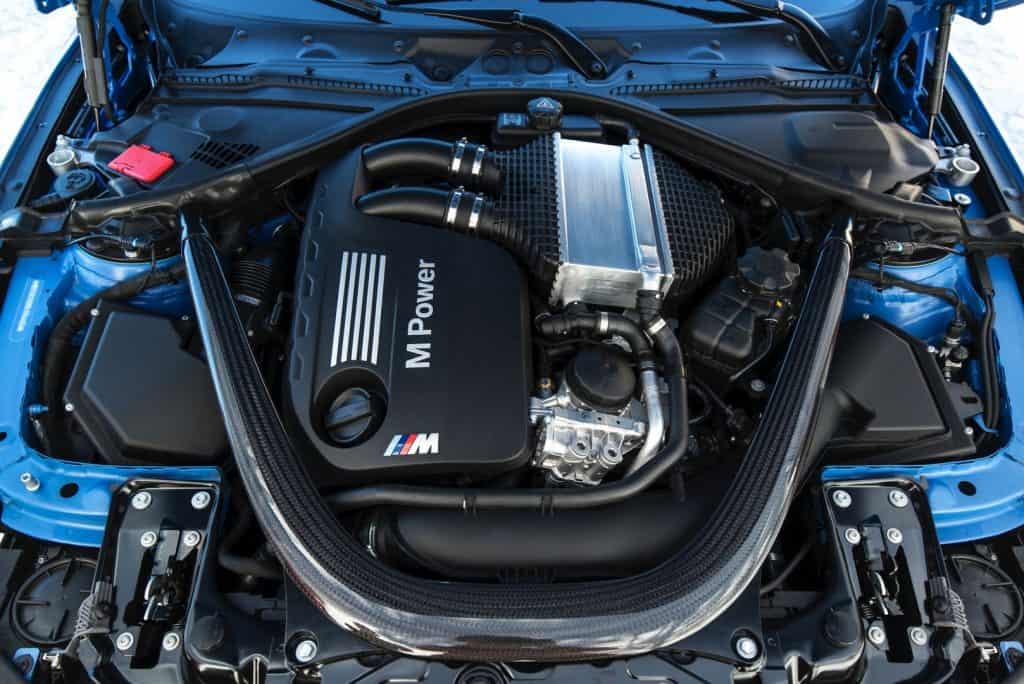
Water to Air Intercoolers
Up until a few years ago water to air intercoolers were not that common but recently manufactures have started to move towards the Water to Air intercooler system. One of the most prominent is BMW, with notable models like the Z4(& Toyota Supra) and X3 using them.
Water to air system use an intercooler core like in air to air applications but instead of ambient air cooling the charge down, water is pumped around it to draw out the heat. The water and air travel in different channels within the intercooler so the never mix. This heated water is then pumped to another heat exchanger/radiator, that gets cooled by air travelling through it.
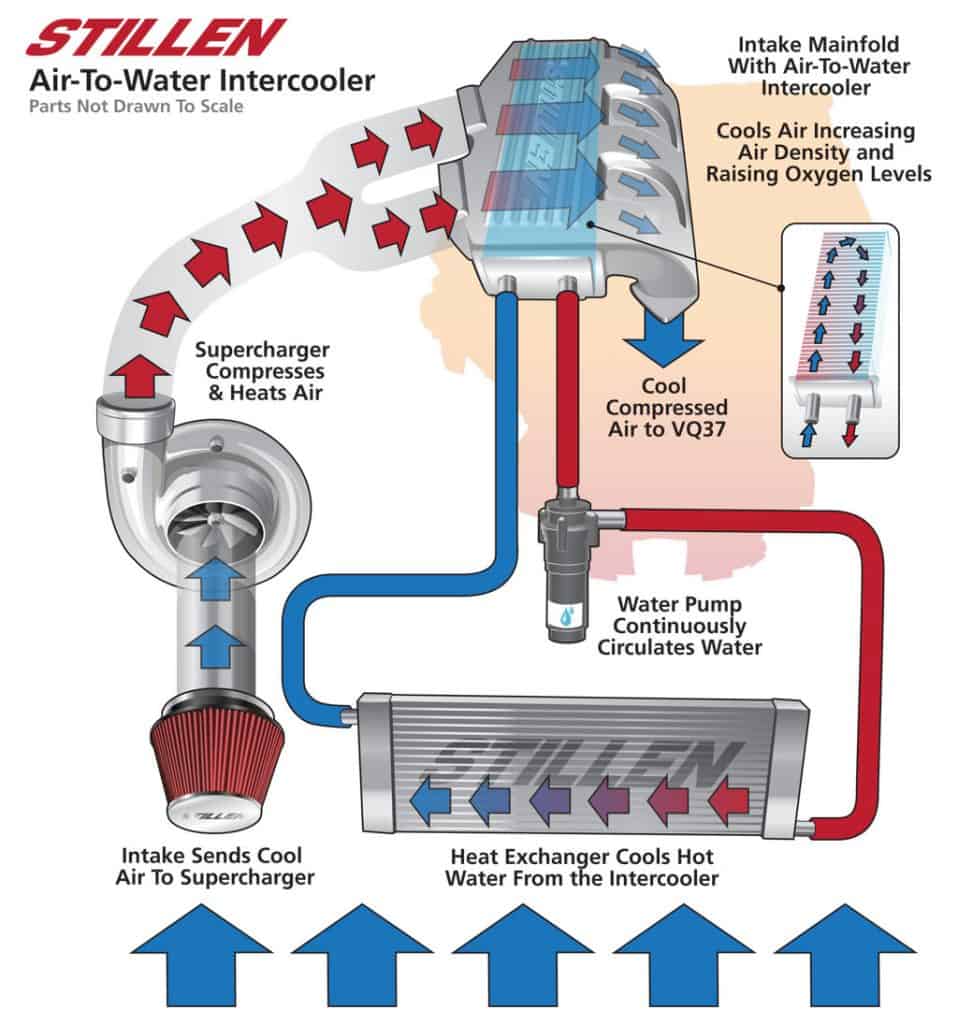
If this sounds overly complicated, it is but it does come with some benefits that are hard to match with an air to air intercooler. Using a water to air setup means that manufacturers can shorten the distance between the turbo and the intake and have great throttle response and reduced turbo lag. In aftermarket drag racing applications, the water tank can be filled with ice water to boost the cooling efficiency of the intercooler.
The downside as mentioned before is the complexity of the system. The water will need its own pump, piping and heat exchanger. This can create more failure points for leaks and added weight to the vehicle overall. In street applications the cooling efficiency can be limited by how much heat can be removed from the water. Meaning that heat soak could become an issue sooner than it would in an air to air setup.
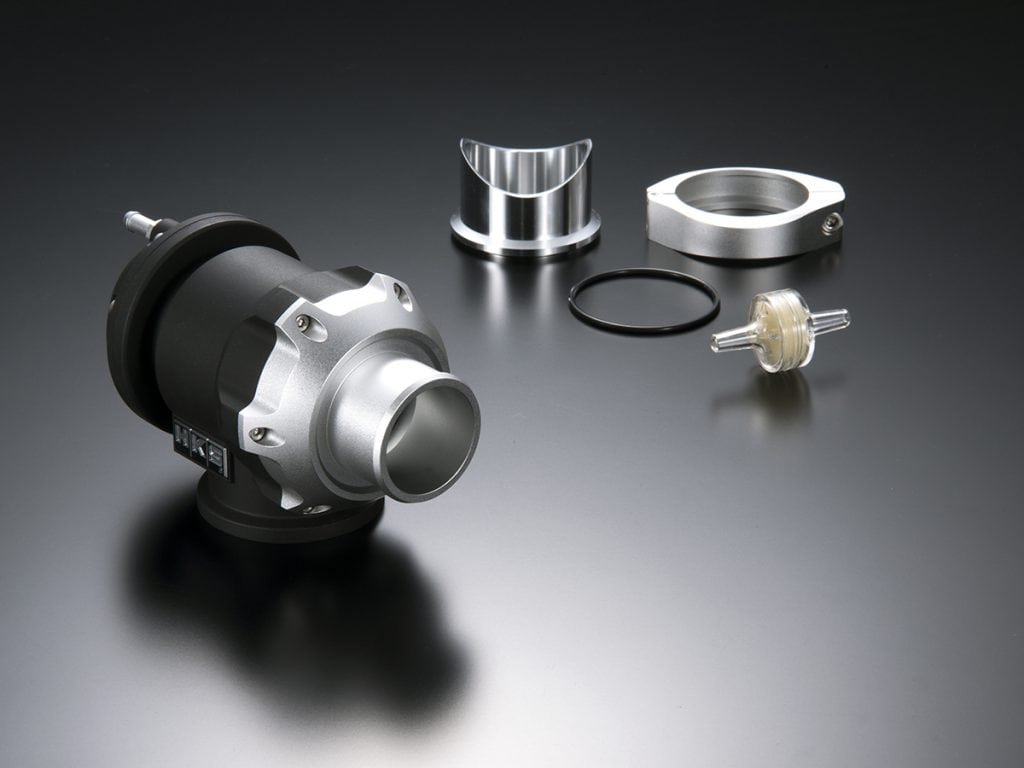
Dump Valves aka Blow Off Valves
Ah the unmistakable sound of a dump valve. It’s like a mating call for car enthusiasts. Sure a rumbling exhaust is pleasant to most car enthusiasts but the release of a dump valve will raise heartbeats and have them snapping their necks to see where it’s coming from. Before we get into what they are and what they do, there’s something that needs clearing up. There is absolutely no correlation between the sound of a dump valve and the power of the engine. Just like there’s no correlation between the volume of an exhaust and it’s power. You know who you are. Anyways, moving on.
After the compressed air travels from the turbo and through the intercooler, it ideally enters the intake and makes lots of power. In reality though, you will need to change gears and brake which will means you will step off the accelerator. When you do this the throttle plate closes and all this compressed air has no where to go.
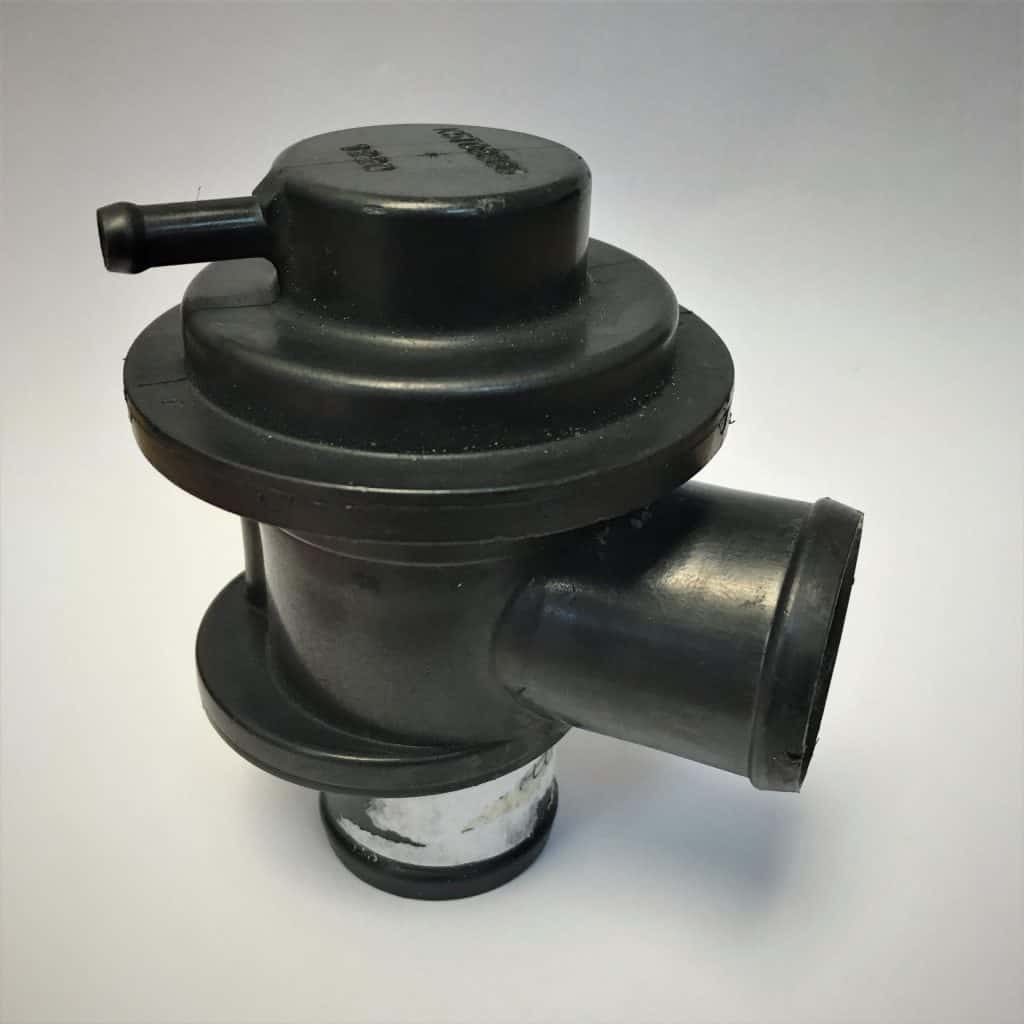
Re-circulating (bypass) Valve
The job of the Blow off/ dump valve (or in OEM applications the re-circulation valve) is to deal with this compressed air. OEM re-circ valves re-circulates the air back to a point in the piping before the compressor allowing the turbo to keep spinning. This protects the turbo from compressor surge. This surge is caused when the air stalls the compressor wheel causing turbo flutter. This also means lag when you go to accelerate as the compressor wheel tries to get back up to speed. While the goose honk sounds fully sick, it can reduce turbo life which is no fun.
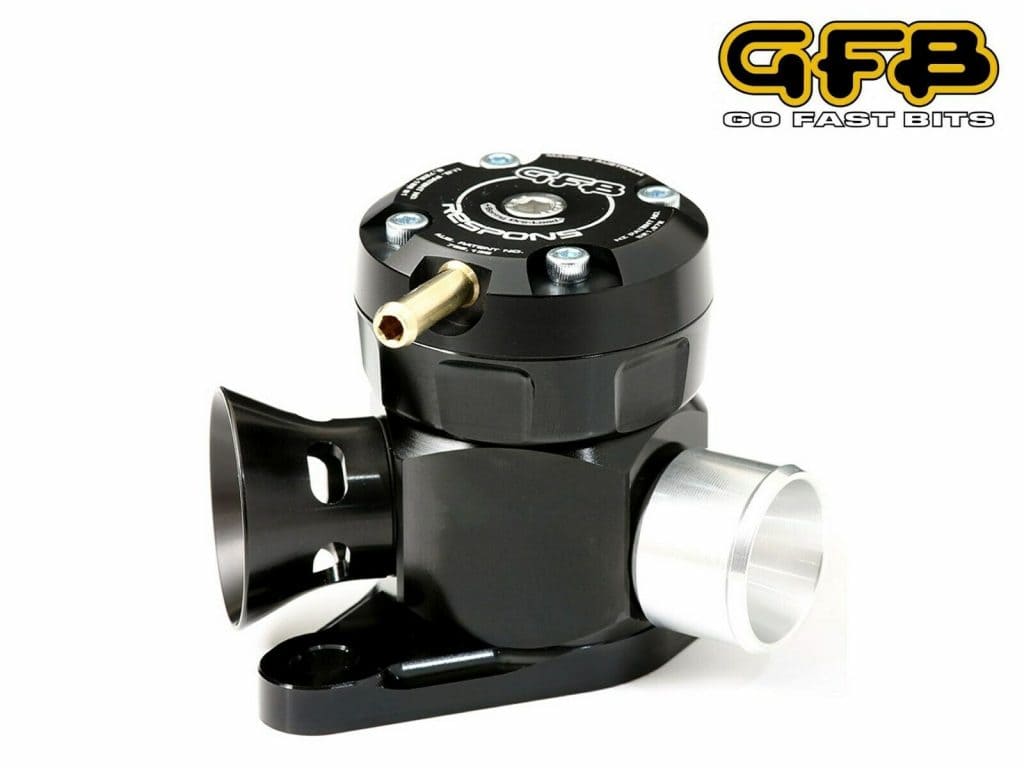
Aftermarket Dump/Blow Off Valve
Aftermarket dump valves often have an adjustment to vent to atmosphere rather than back into the intake piping. This is what allows turbo cars to make all the fast & furious sounds everyone loves.
Venting to atmosphere or re-circulate is usually a matter of preference as there is a negligible effect on performance. However in Mass air flow sensor application, venting to atmosphere can momentarily cause the engine to run a bit rich. A dump valve will only affect performance if it cannot handle the boost being produced. A worn or weak diaphragm can bleed off boost and this could cause boost lag.







this is so helpful hey, keep this up, i look forward to learning more about cars here
thanks, we’ll keep them coming, make sure you check part 2 about superchargers!